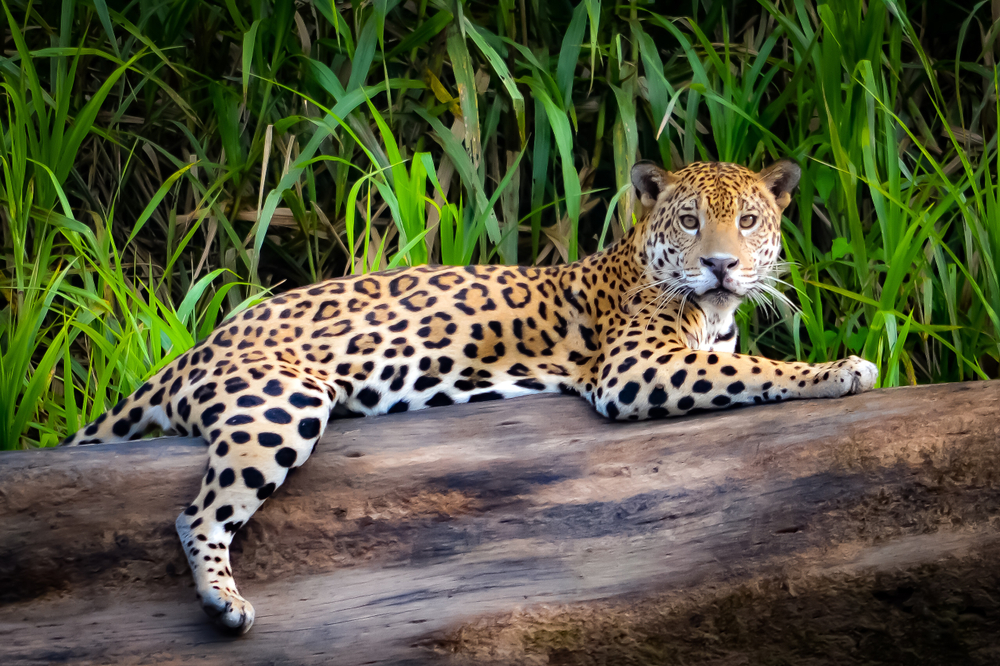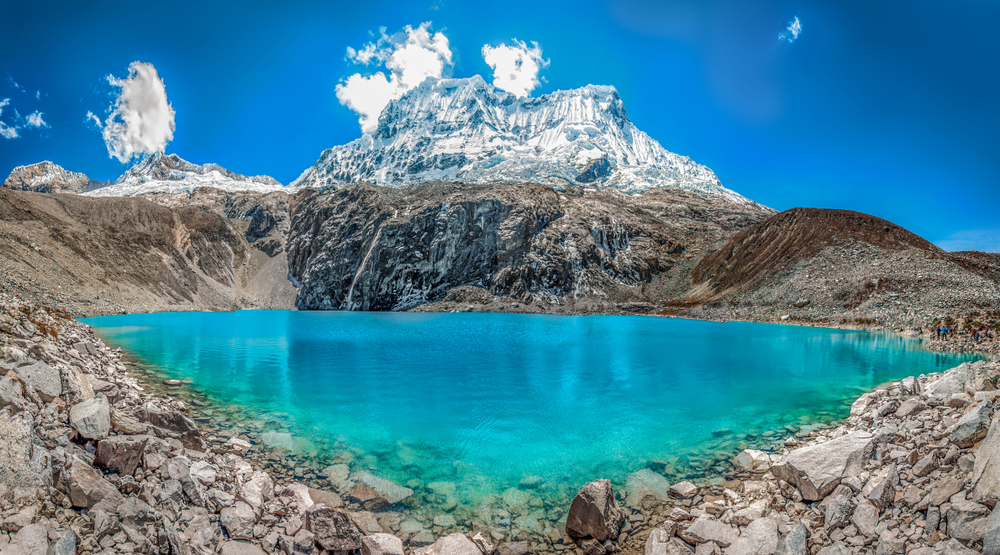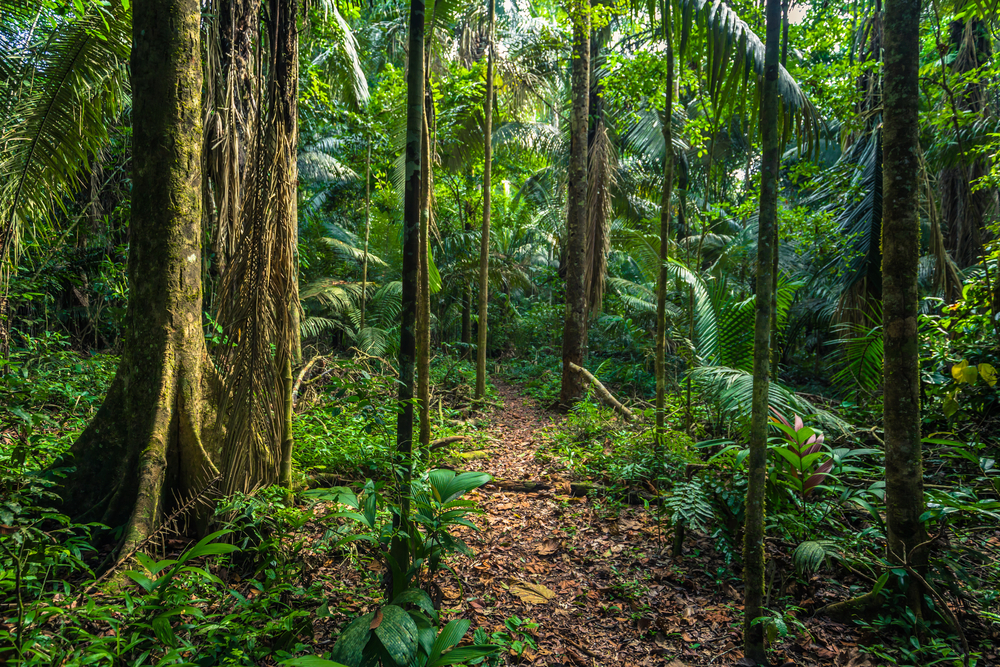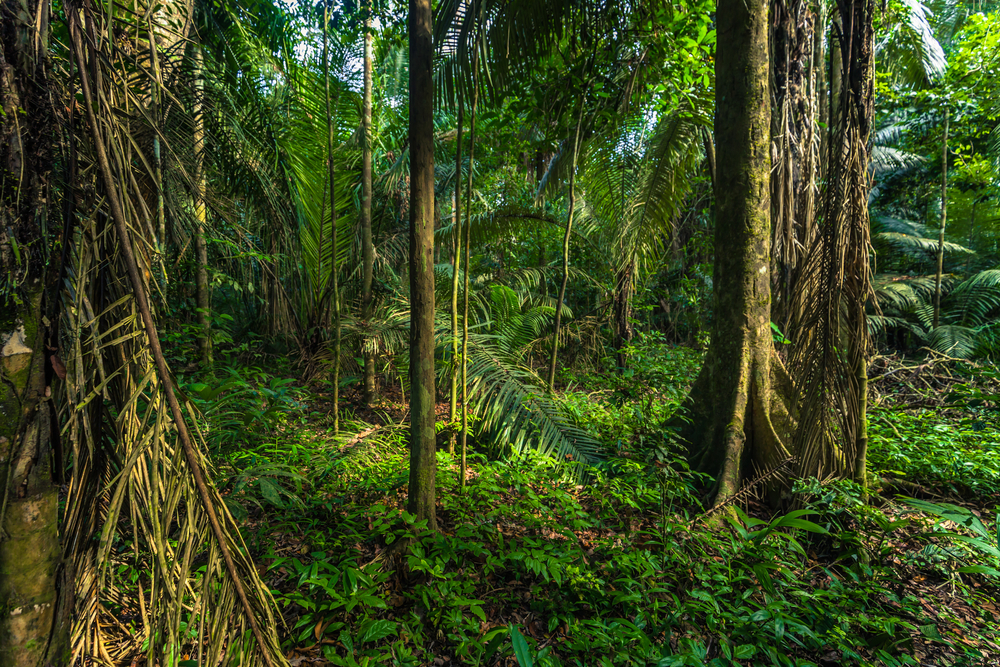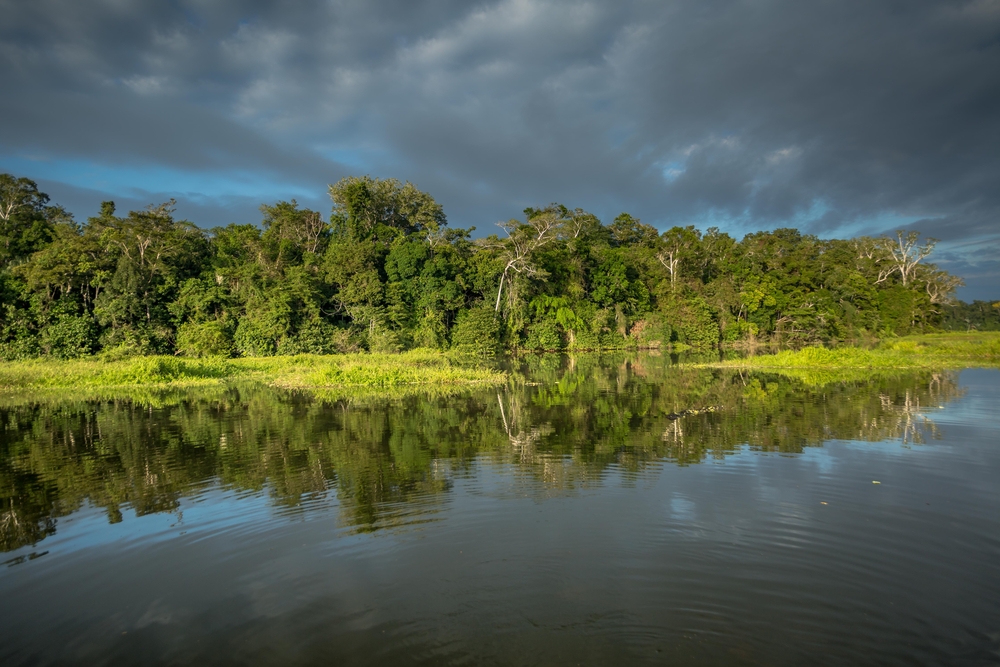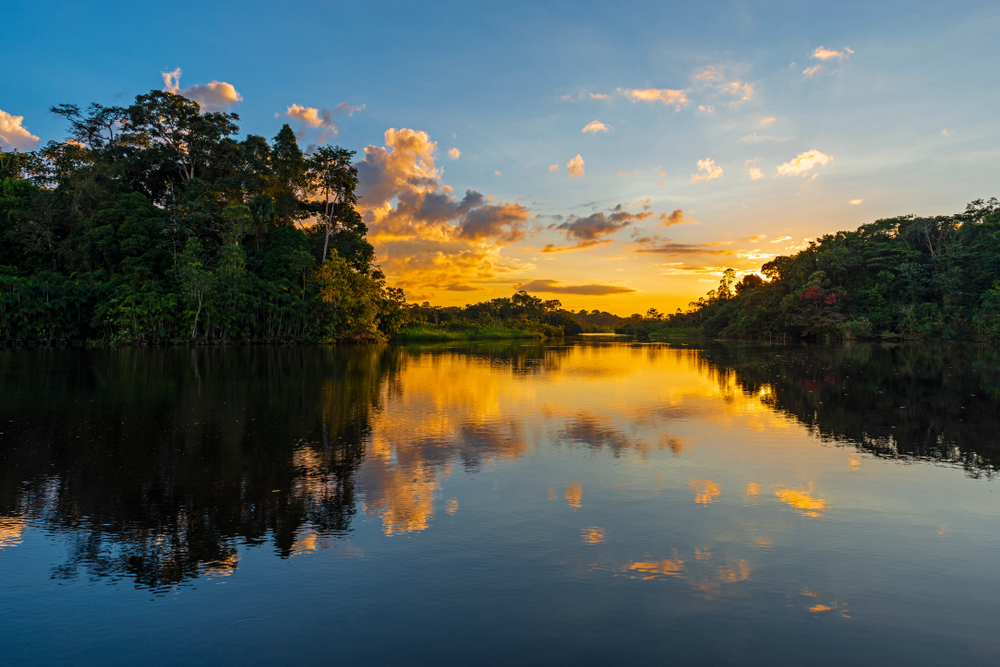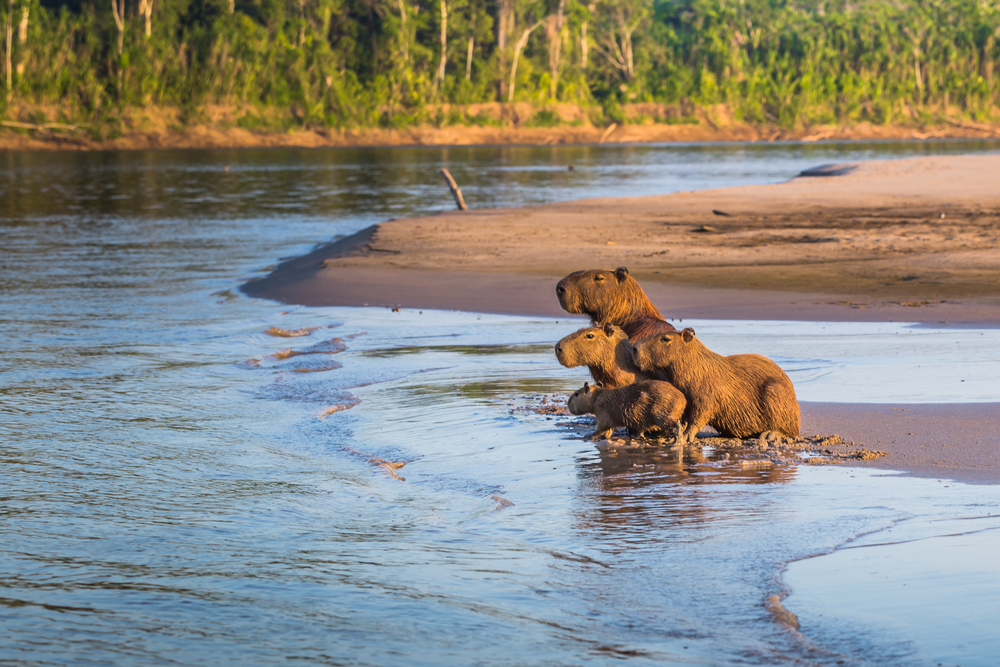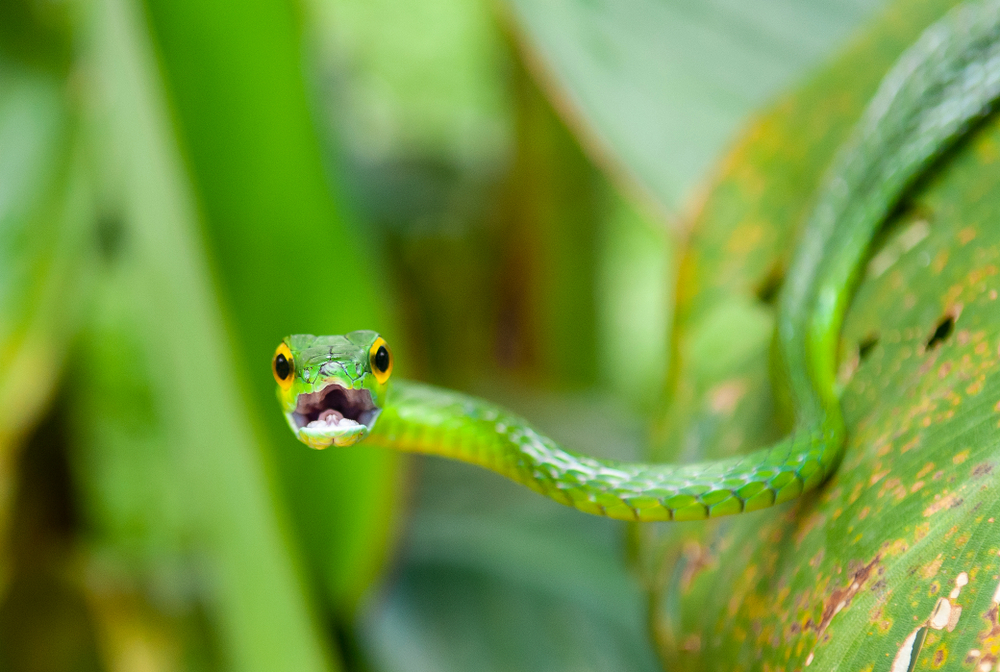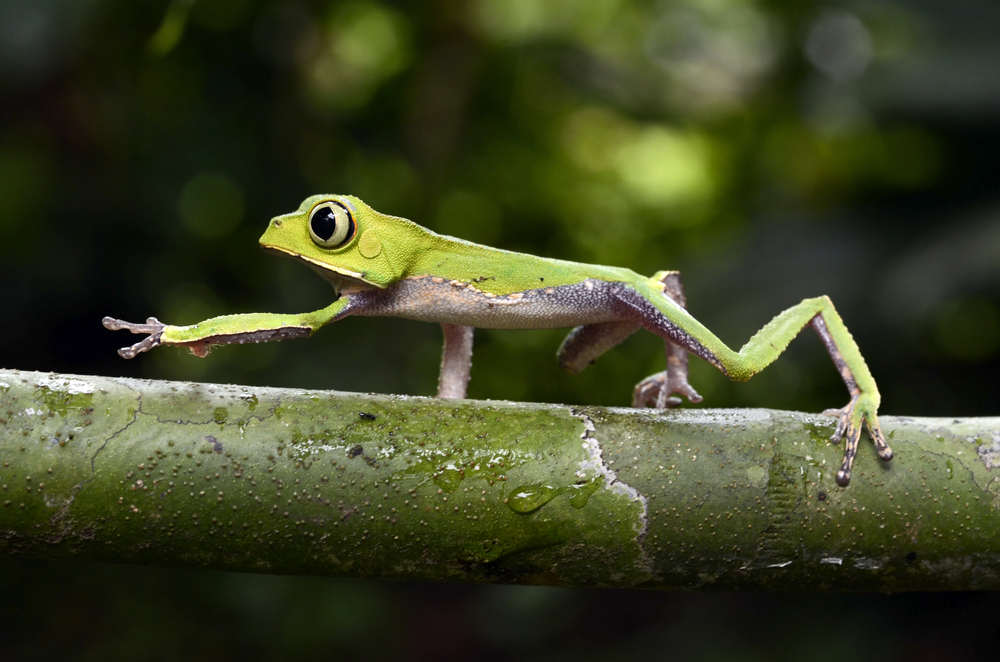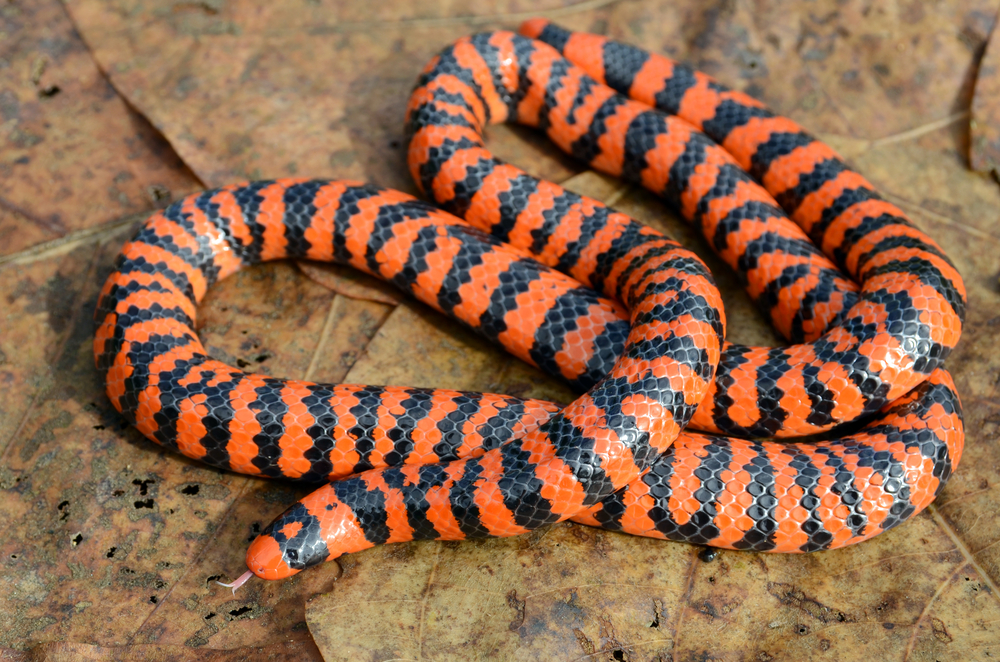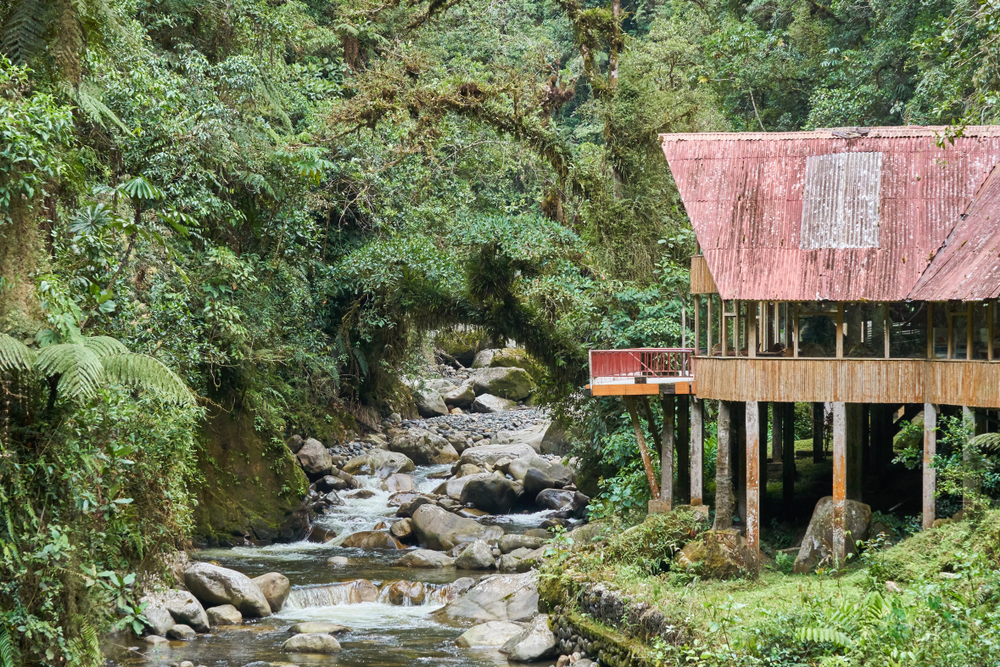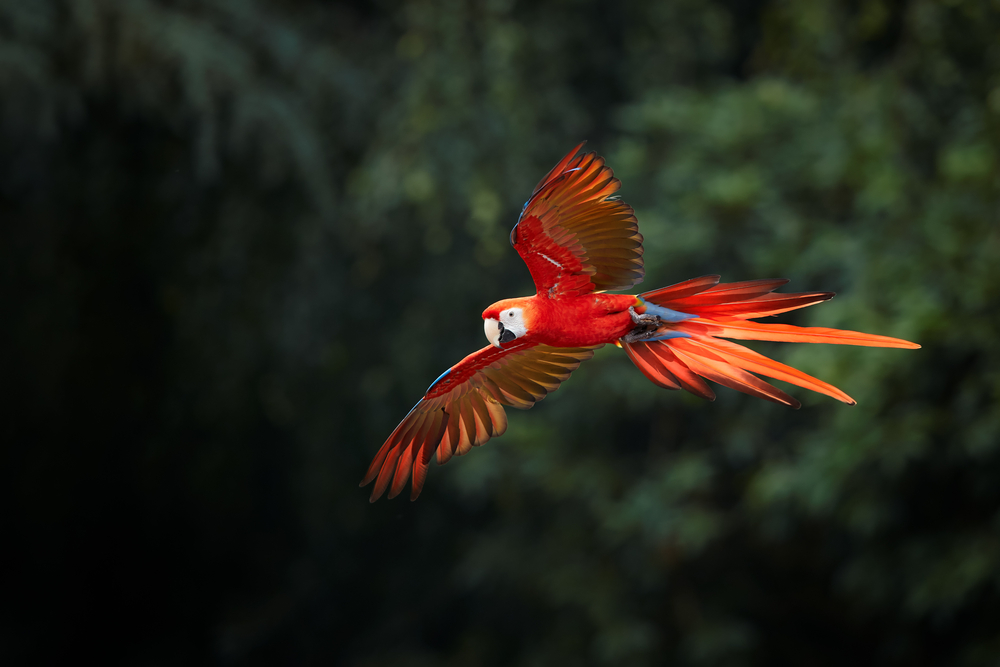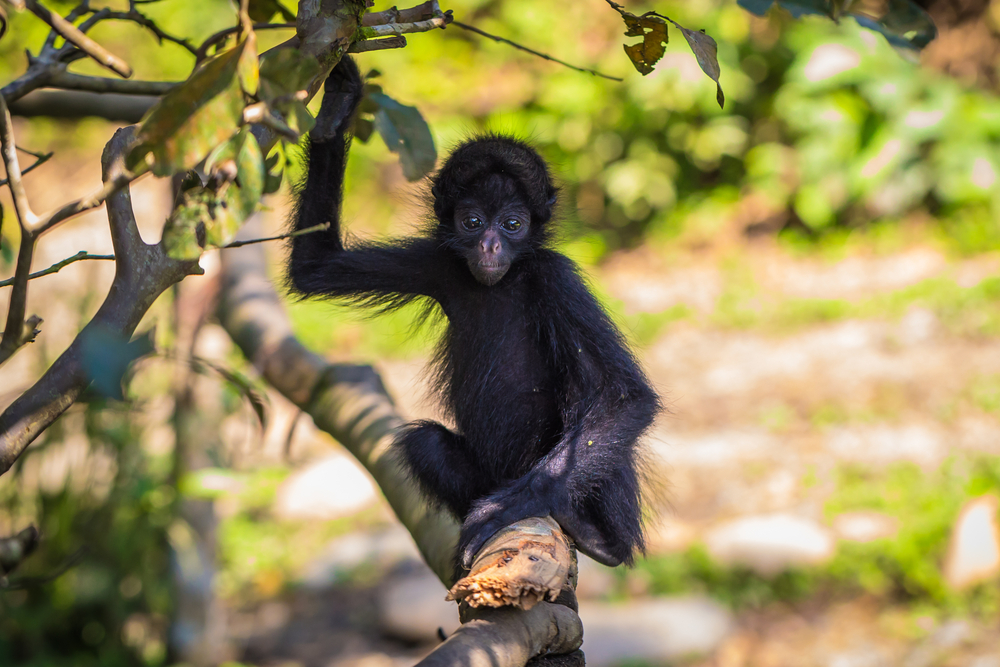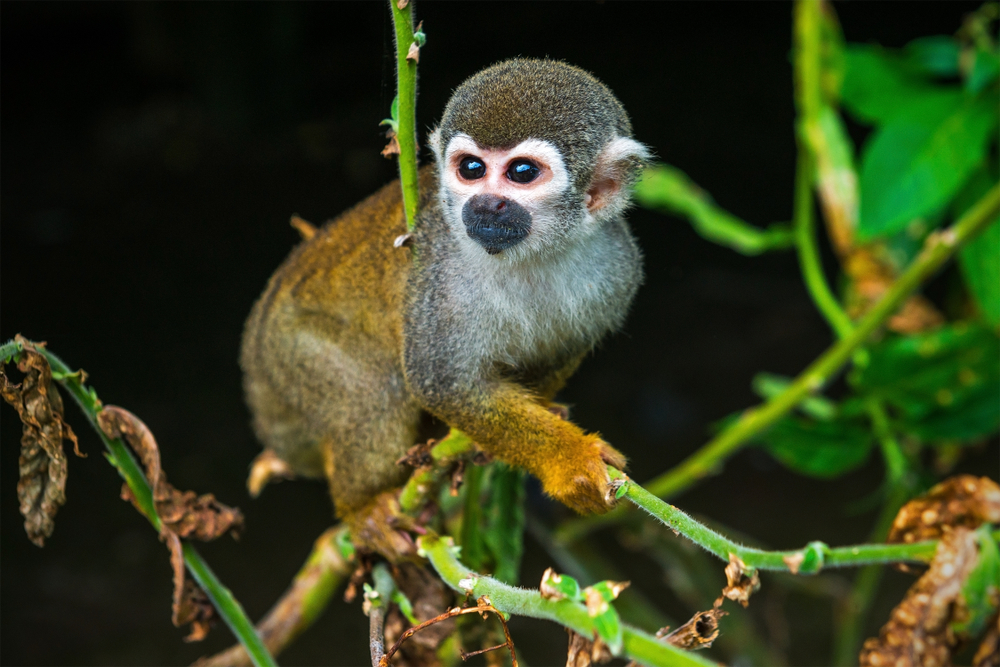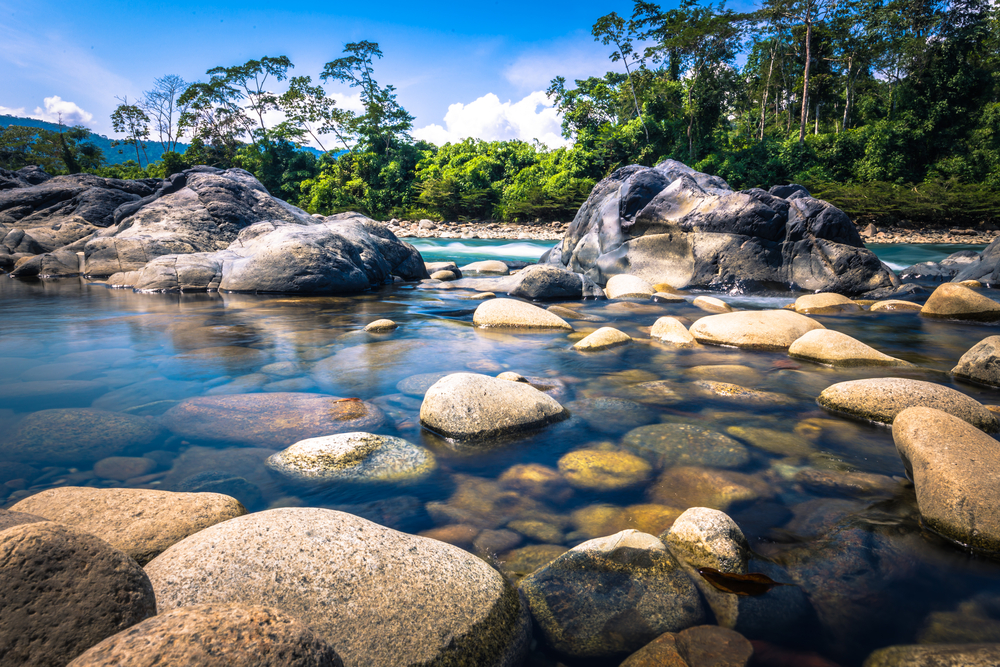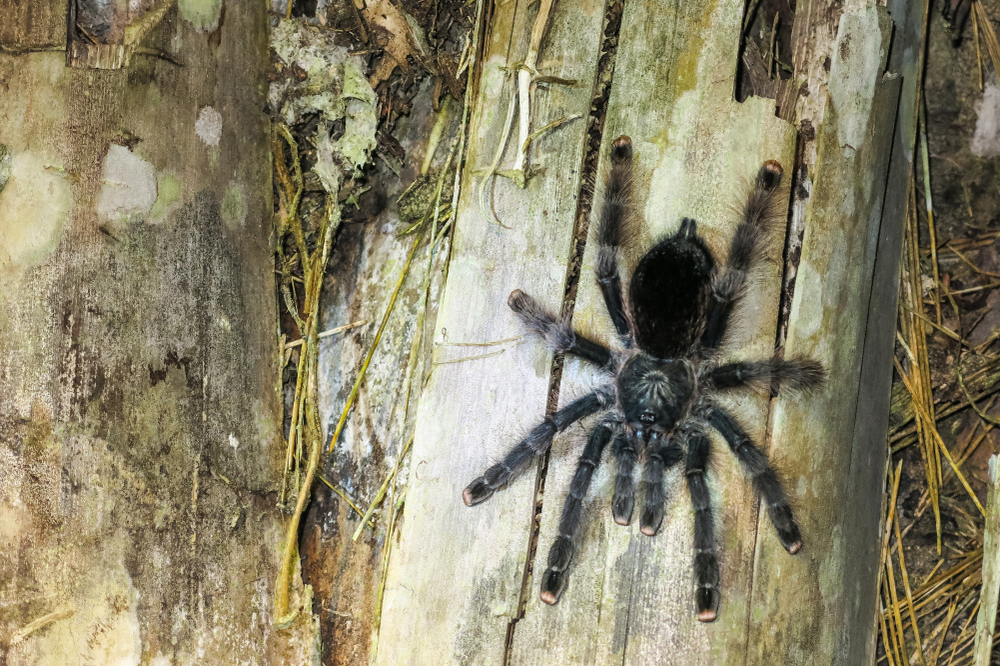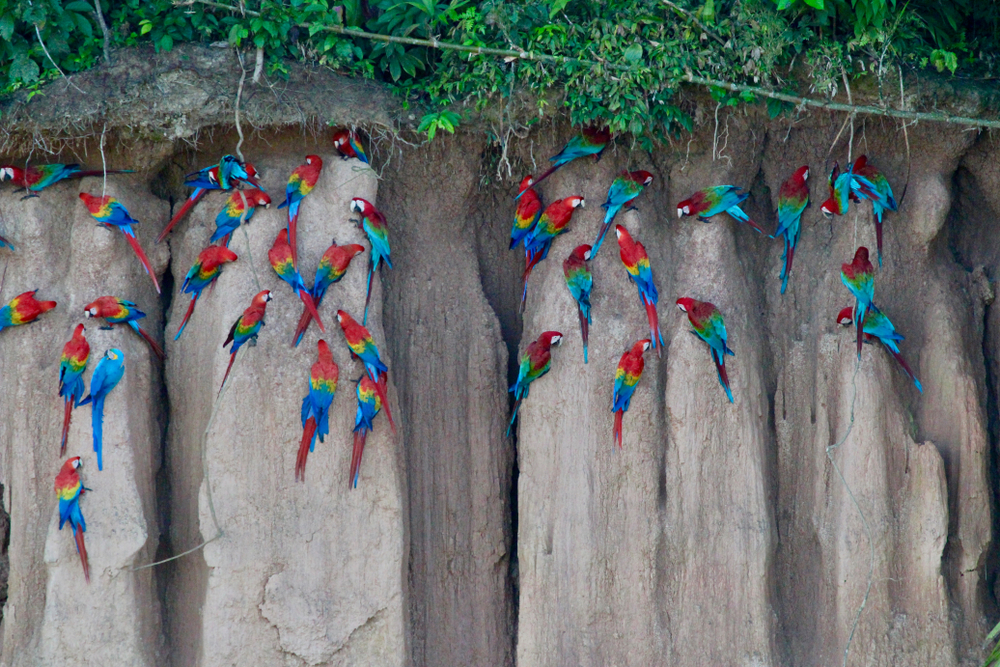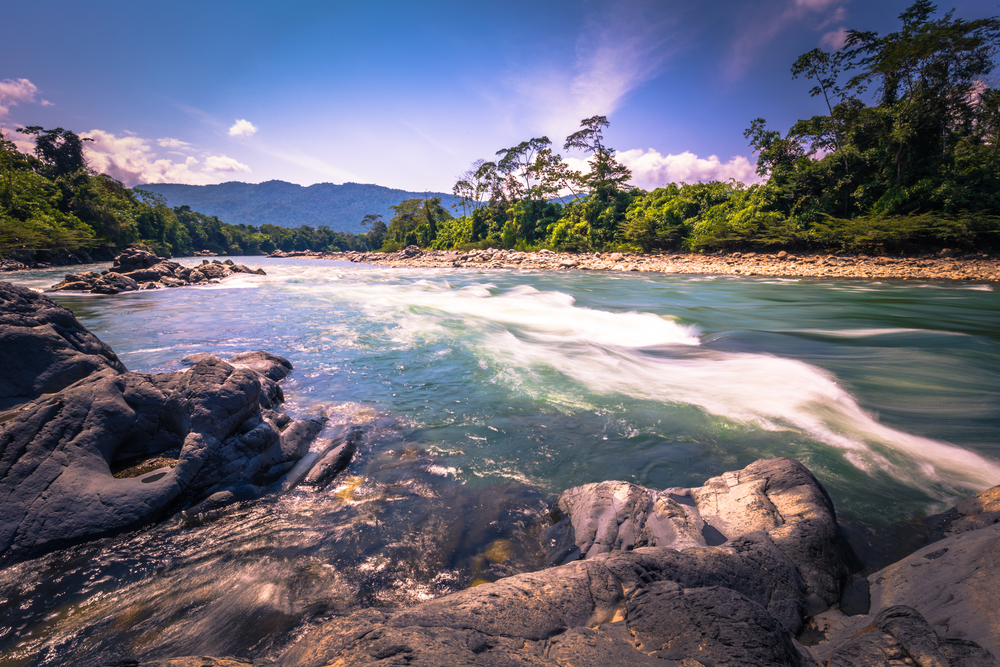Manu Overview
Manu National Park, nestled in the southeastern region of Peru, stands as one of the most pristine and biologically diverse areas in the world. Established in 1973 and later designated a UNESCO World Heritage Site in 1987, the park sprawls across an impressive area of approximately 17,163 square kilometers (about 6,629 square miles), making it one of the largest national parks in Peru. Manu National Park spans from the Andes mountains down to the Amazon basin, encompassing a staggering elevation range from 150 meters (about 492 feet) to 4,200 meters (about 13,780 feet) above sea level.
This vast and varied landscape provides habitats for an extraordinary array of flora and fauna, making Manu National Park a hotspot for biodiversity. The park is home to over 1,000 species of birds, 200 species of mammals, and an estimated 15,000 plant species, including several that are endemic. Iconic species such as the jaguar, giant otter, and Andean cock-of-the-rock can be found within its boundaries, alongside numerous other wildlife species that thrive in its untouched ecosystems.
Manu National Park is divided into three main zones: the National Park, with strict protection and limited access to researchers and indigenous communities; a Reserved Zone, where controlled ecotourism and educational activities are allowed; and a Buffer Zone, which supports sustainable use of resources by local communities. This zoning system ensures the conservation of the park’s natural resources while allowing for scientific research and responsible tourism.
The park’s untouched and diverse environments range from high-altitude grasslands and cloud forests to lowland tropical rainforests, offering unparalleled opportunities for nature observation and adventure. Due to its remote location and the Peruvian government’s commitment to conservation, Manu National Park remains one of the most intact natural paradises on Earth, providing a sanctuary for countless species and a living laboratory for scientific research and environmental education.
Park Map
Related National Parks More Peru
Sources
- All Trails, Best Trails In Huascaran National Park, https://www.alltrails.com/parks/peru/ancash/huascaran-national-park, retrieved August 2024.
- Atlas Obscura, Huascaran National Park, https://www.atlasobscura.com/places/huascaran-national-park, retrieved August 2024.
- Britannica, Mount Huascaran, https://www.britannica.com/place/Mount-Huascaran, retrieved August 2024.
- Go 2 Peru, Huascaran National Park, https://www.go2peru.com/peru_guide/huaraz/huascaran_park.htm, retrieved August 2024.
- Peru Travel, Huascaran National Park, https://www.peru.travel/en/attractions/huascaran-national-park, retrieved August 2024.
- UNESCO, Huascaran National Park, https://whc.unesco.org/en/list/333/, retrieved August 2024.








































































